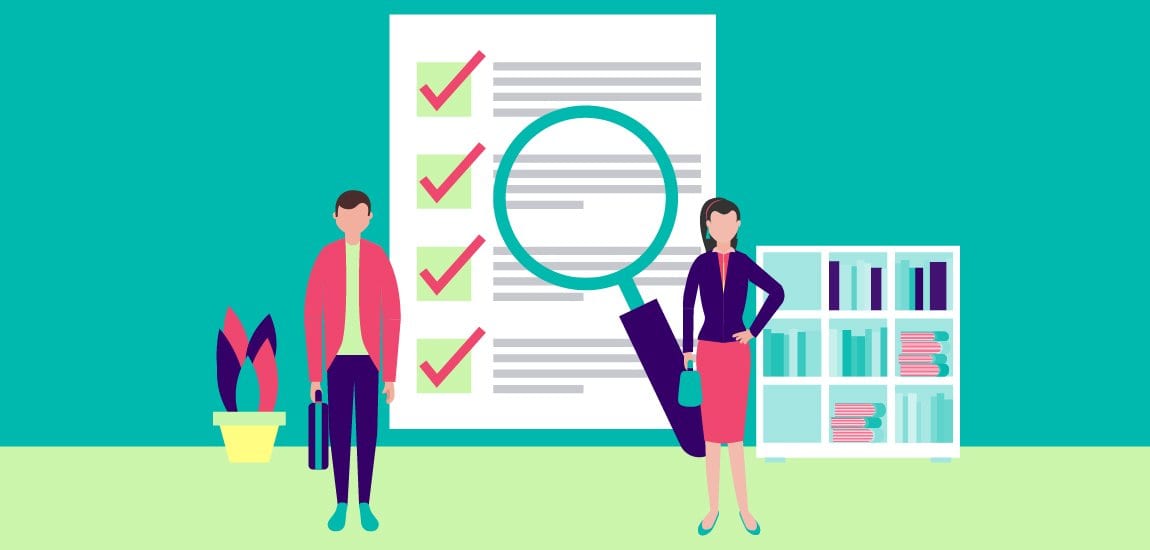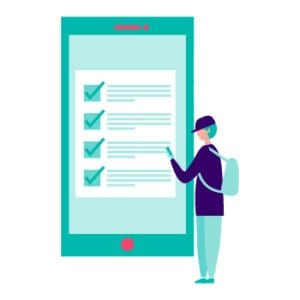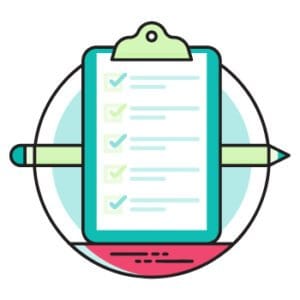
How Does A Notarized Translation Look Like?
If you have never seen a watermelon and a mango in your life, anyone can sell you one in the place of the other, and you would be none the wiser. In today’s world, it is quite simple to figure out what something should look like. You can Google a name and get thousands of images for it. But it does not work with everything. If you require a particular type of service, you can’t just search the template for it online and fill in the blanks yourself. People who spend years in their field have the necessary experience to carry out a relevant task; the internet cannot take their place.
The Language Industry and Authentication of Documents:
The world has needed the help of linguistic experts for centuries. Without them, we cannot stay in touch with each other. The world would have become so divided without the linguistic experts that we would never have been able to stop fighting. Wars would have destroyed our planet if we didn’t know how to communicate with each other. But fortunately, we don’t have to accept defeat in the face of linguistic differences. We can rely on translators to provide us with the assistance we require to communicate with each other.
Like every other field, the documents provided by linguistic experts must also have the appropriate signatures or stamps for them to be considered authentic. A translation carried out by a bilingual person with zero linguistic experience will not be accepted by the authorities. Only a translation provided by an expert with their signed statement will be considered valid by the authorities. There are different types of certifications that authorities require. In most situations, people only have to submit the signed statement of the linguistic expert with the translation for their documents to be accepted by the authorities. But in certain situations where more legally binding documents are required, a notarization may become necessary.

What is Notarization?
Or what is a notarized translation? It is the process during which a person puts their signature on a document before a notary public. The latter will identify the identities of the signatories and then add their stamps to the document. The process is considered a way of making files more secure. It is often beneficial in business settings as it provides an extra layer of security to all the parties involved. When dealing with international clients, they may also require a notarized translation.
How Does a Notarized Translation Look Like?
If you need a notarized translation, you should first find out how it looks like. If you think that it is not certified, then you would be wrong. A document that has been both certified and notarized will have the signatures of the linguistic expert and that of the notary public. It will also have the seal of the notary public as proof that they have verified the identities of the linguistic expert. The result will be a reliable and accurate linguistic solution that can be presented to companies and investors.
The Requirements of Notarized Translations:
If you don’t know what makes a document notarized, you won’t be able to get the service you require. You must find out everything about the service first, so you don’t make any bad choices. Here are the requirements for a notarized linguistic service:

- Accurate Service:
A highly qualified and experienced translator must be hired for the task. If they are not experienced, they won’t be able to provide you with a signed statement, and that will make their work invalid. So, do your research before hiring a service provider; this way, you won’t make any bad choices.
- Certification:
When you hand over the task to the service provider, they will forward it to one of their experts. Once they are finished working on the document, it will be sent to you for review. If you give the green signal, the linguistic expert will add on a piece of paper that their work is accurate to the best of their knowledge and sign the statement. They will also add their contact details at the bottom.
- Notary Public:
Visiting the office of the notary public is the final step. But most agencies have in-house notaries, and a few good ones also provide the service digitally. The notary public will review the signature of the linguistic expert, verify their identity, and then add their signature on the file. They will also add their seal to the paper to complete the process.
In some cases, a linguistic expert might carry out the certification process in front of the notary public. They can also bring their statement along and just sign it in front of the notary. They will have to bring proof of identification to the office. This will help the notary in completing their job.
The world keeps on getting scarier, which is why it is up to us to increase our security and make wiser decisions. There are a lot of challenges that humanity has to face every day. But fortunately for us, we don’t have to face linguistic problems on our own. Since we have qualified experts among us, it is up to us to make their jobs easier for them. Present them with as much data as you can to enable them to better understand a document. This will make them more efficient at translating content and also save a lot of their time.


Sorry, the comment form is closed at this time.